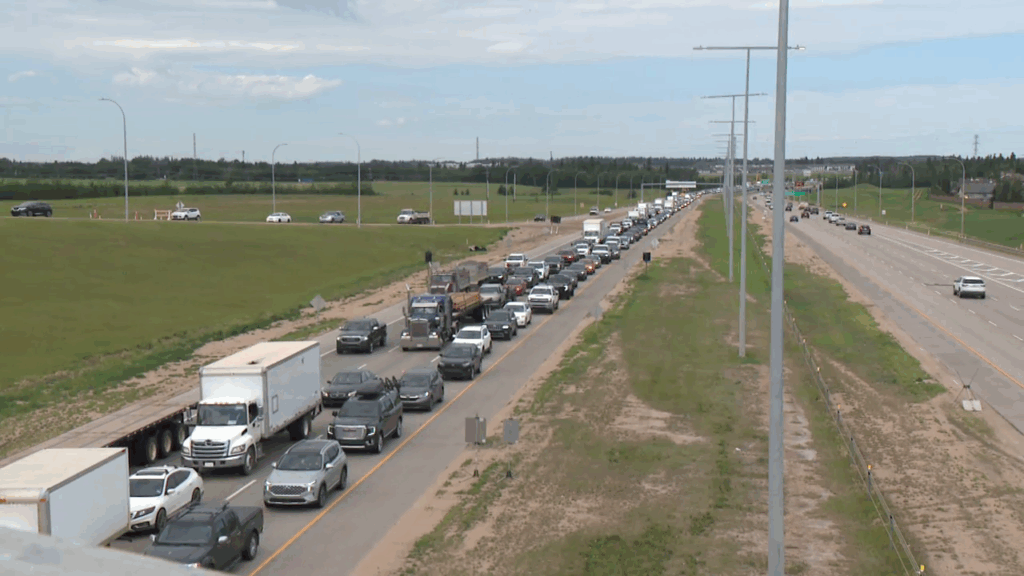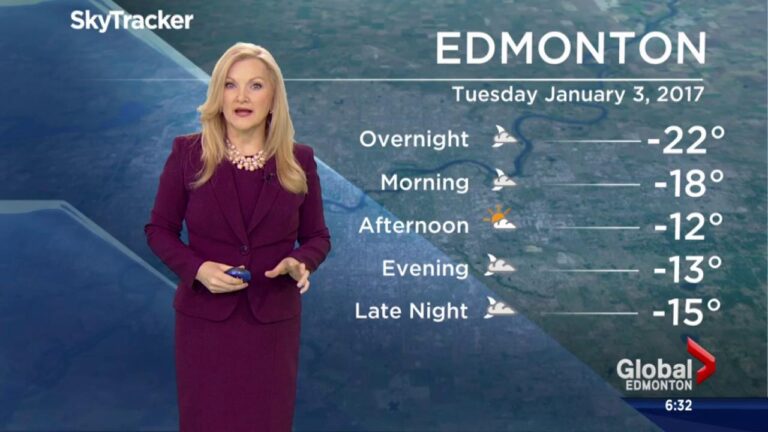
The Importance of Traffic Management in Edmonton
As one of Canada’s largest cities, Edmonton experiences significant traffic challenges. Traffic congestion impacts not only commuters but also local businesses, public safety, and the economy of the region. Understanding traffic dynamics in Edmonton is vital for effective urban planning and improvement initiatives.
Current Traffic Conditions
As of October 2023, Edmonton’s traffic situation has seen varying levels of congestion, especially during peak hours. According to recent reports from the City of Edmonton, the major routes such as Yellowhead Trail and Whitemud Drive are experiencing increased traffic due to ongoing construction projects and a resurgence of commuters post-pandemic.
The recent implementation of the city’s Intelligent Transportation System (ITS) aims to enhance traffic flow and provide real-time data to drivers via variable message signs. Such initiatives are crucial for alleviating congestion and improving overall travel times.
Construction Projects Affecting Traffic
Several long-term construction projects are currently affecting Edmonton’s roads. The expansion of the Valley Line LRT has significantly altered traffic patterns, especially in the downtown area. While it aims to provide a more efficient public transport option once completed, the construction phase has led to detours and increased travel times for motorists.
Additionally, road maintenance activities are scheduled throughout the city as part of the seasonal upkeep plans, leading to temporary road closures that can create congestion. The City of Edmonton encourages residents to stay updated through its official traffic advisory channels.
Future Outlook and Community Involvement
Looking ahead, Edmonton is committed to enhancing its traffic infrastructure with future projects aimed at improving road safety and efficiency. The provincial government has allocated funding towards upgrading key arteries and improving public transportation services.
Residents and community members are encouraged to participate in public consultations regarding traffic management strategies. These engagements provide valuable insights into community concerns and preferences, ultimately leading to more informed decisions by local authorities.
Conclusion
Traffic in Edmonton remains a critical issue for residents and city planners alike. With ongoing construction, emerging technologies aimed at traffic management, and community engagement, the city is working diligently to address traffic concerns. Staying informed about these developments allows for better planning and patience as Edmonton continues to grow and evolve its transportation landscape.






